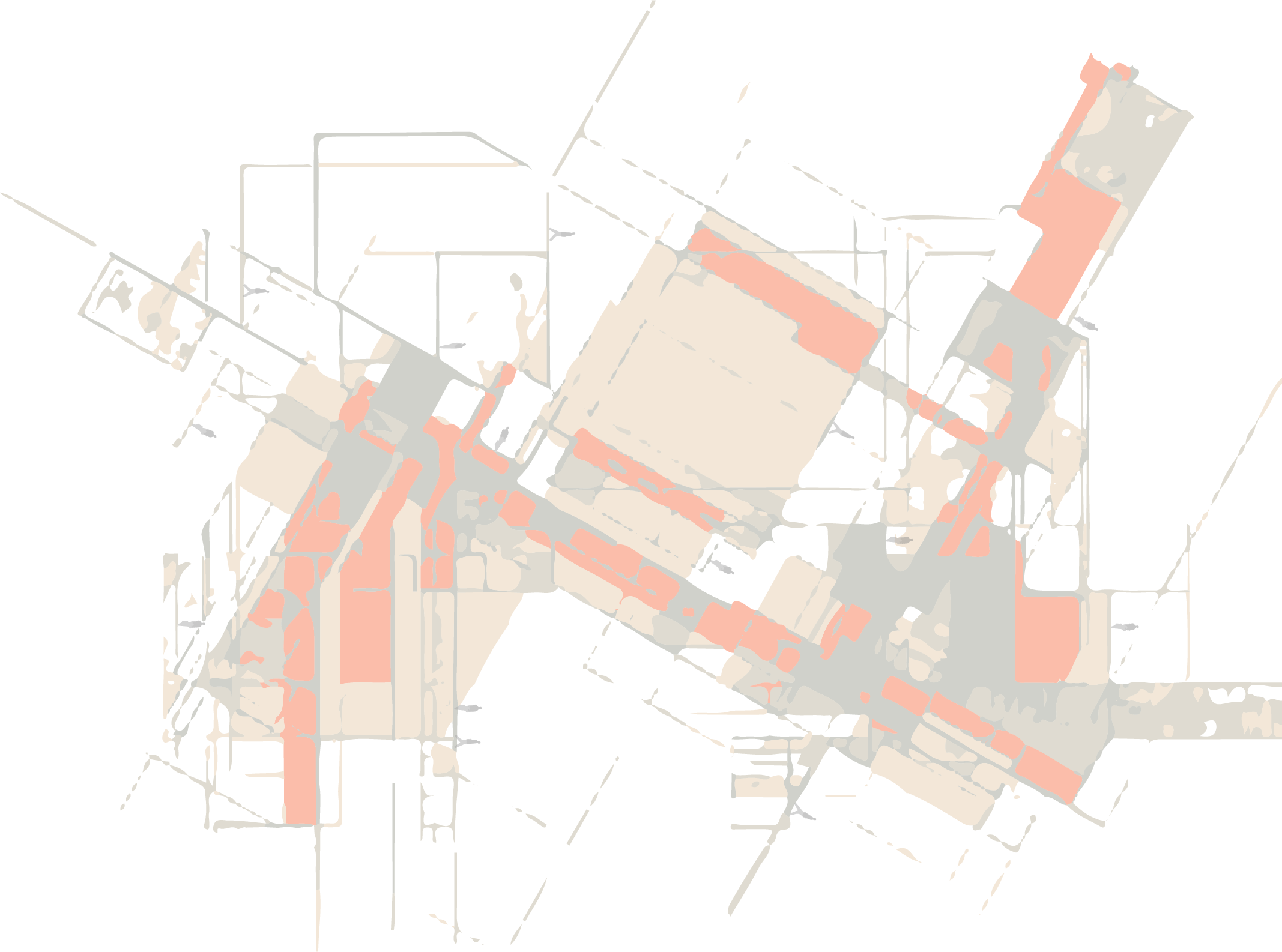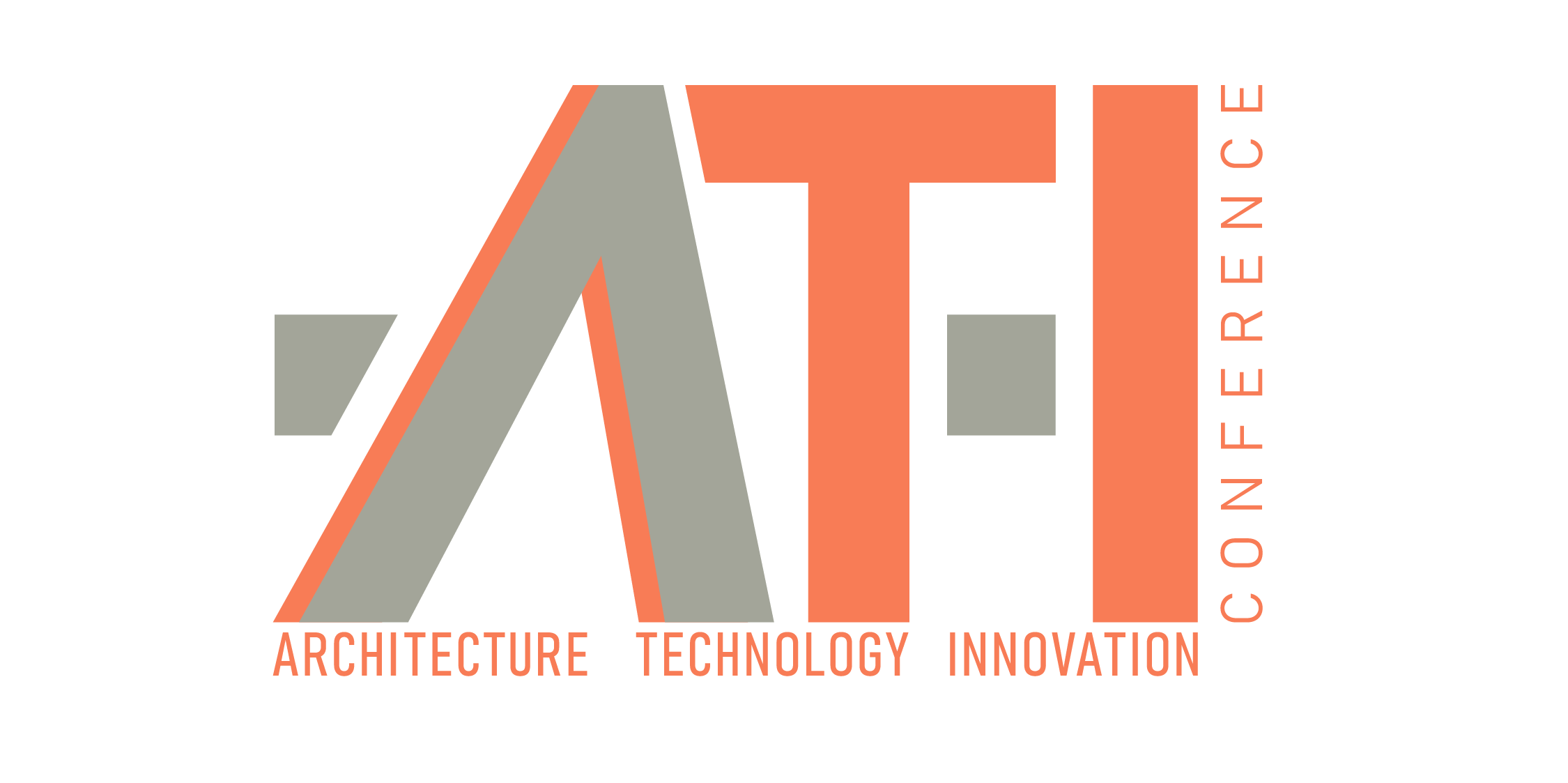Technology has always been pivotal in shaping society. Advances in information technologies and material sciences in the course of the 21st century have irreversibly altered not only everyday life of individuals —the structural tenets of societies, but also the design, construction and management methods in architectural, engineering and urban practices. Beyond these alterations, recent innovations in emergent technologies such as Internet of Things (IoT) and/or Machine Learning have started to define unprecedented needs and requirements for the built environment. Moreover, environmental problems like pollution, material scarcity, source limitations, overcrowded cities, climate change, extreme weather conditions, and the social crises they cause on the doorstep require each and every profession to rethink its role in the ever-changing conditions of today’s dynamic political and economic agenda. Technology is a tool in the hands of architects, engineers, builders, planners, designers, and managers who must make urgent decisions to adapt their knowledge and skills to take immediate actions. Cutting edge technological developments and innovations have the potential of being both remedy and poison for these environmental, economic and social upheavals.
What is ATI?
In order to give insights into the role of technology and innovation in the practice and critical theory of contemporary architecture, Yaşar University Department of Architecture initiated in 2020 the International Symposium on Architecture, Technology and Innovation (ATI), which was organized annually until 2022. The symposium will be organized as an international conference in 2024, with the aim of providing scholars with a transdisciplinary platform where theoretical, technical, practice-based, and state-of-the-art research findings revolving around five main themes can be discussed reciprocally. The ATI2024 Conference addresses the use of innovative technologies in architectural design and education, through the following main themes: Production, Design and practice, Building science and technology, Community, space and culture; and, Education.

